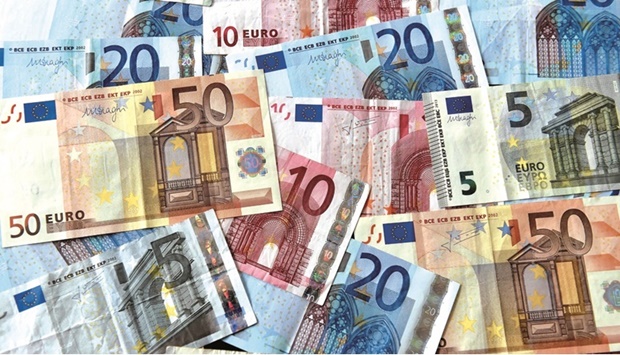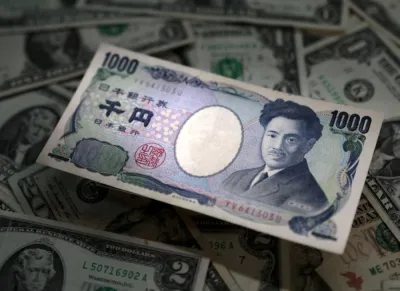The euro yesterday marked 20 years since people began to use the single European currency, overcoming initial doubts, price concerns and a debt crisis to spread across the region.
Euro banknotes and coins came into circulation in 12 countries on January 1, 2002, greeted by a mix of enthusiasm and scepticism from citizens who had to trade in their Deutsche marks, French francs, pesetas and liras.
The euro is now used by 340mn people in 19 nations, from Ireland to Germany to Slovakia.
Bulgaria, Croatia and Romania are next in line to join the eurozone in the next few years — though people are divided over the benefits of abandoning their national currencies.
The idea of creating the euro first emerged in the 1970s as a way to deepen European integration, make trade more simple between member nations and give the continent a currency to compete with the mighty dollar.
Officials credit the euro for helping Europe avoid an economic catastrophe during the coronavirus pandemic.
“Clearly, Europe and the euro have become inseparable,” European Central Bank chief Christine Lagarde wrote in a blog post. “And for young Europeans, who have only ever known the single currency, it must be almost impossible to imagine Europe without it,” she wrote.
In the euro’s initial days, consumers were concerned that its emergence had caused prices to rise as countries had to convert to the new currency.
Though some products — such as coffee at cafes — slightly increased as businesses rounded up their conversions, official statistics have shown that the euro has brought more stable inflation.
The price of a baguette in France, for example, rose from 66 cents in 2001 to 90 cents today — an increase in line with pre-euro inflation. More expensive goods have not increased in price, and even dropped in some cases.
Nevertheless, the belief that the euro has made everything more expensive persists. The red, blue and orange banknotes were designed to look the same everywhere, with illustrations of generic Gothic, Romanesque and Renaissance architecture to ensure no country was represented over the others.
In December, the ECB said the bills were ready for a makeover, announcing a design and consultation process with help from the public. A decision is expected in 2024.
“After 20 years, it’s time to review the look of our banknotes to make them more relatable to Europeans of all ages and backgrounds,” Lagarde said.
Euro banknotes are “here to stay”, she said, although the ECB is also considering creating a digital euro in step with other central banks around the globe.
While the dollar still reigns supreme across the globe, the euro is now the world’s second most-used currency, accounting for 20% of global foreign exchange reserves compared to 60% for the US greenback.

Euro banknotes and coins came into circulation in 12 countries on January 1, 2002, greeted by a mix of enthusiasm and scepticism from citizens who had to trade in their Deutsche marks, French francs, pesetas and liras


